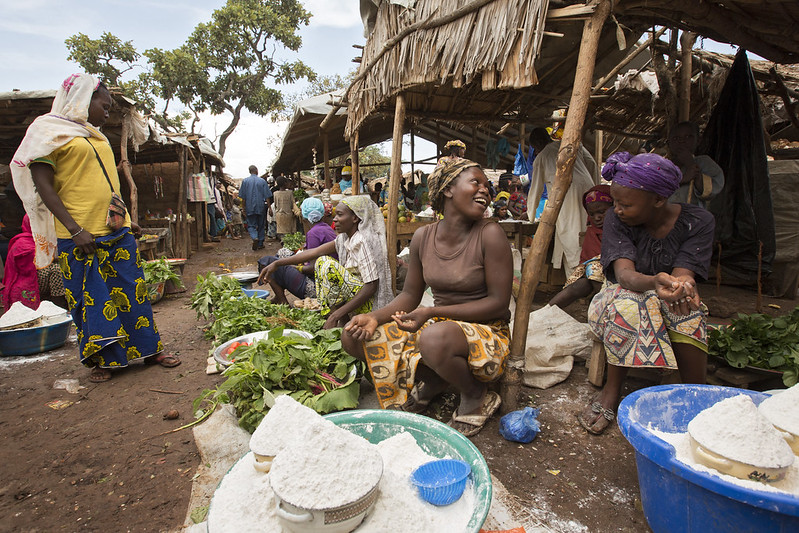In the face of escalating climate challenges, the Peace Finance Impact Framework (PFIF) and the Peace Finance Standard emerge as pivotal instruments in supporting climate adaptation and mitigation efforts, particularly relevant in fragile and conflict-affected settings (FCS).
Intersection of climate action and Peace Finance
Climate change disproportionately impacts countries affected by fragility, violence and conflict, exacerbating existing vulnerabilities and potentially fuelling conflict. The PFIF, developed with and by partners of Finance for Peace, offers a comprehensive investment management framework to guide investors towards peace impact and additionality. It aligns public and private investments with peace-enhancing outcomes, crucial in regions where climate-induced stressors can escalate tensions.
The Peace Finance Standard, comprising the Peace Bond and Peace Equity Standards, provides a certification scheme for investments, ensuring they align with peace principles and contribute positively to social and political stability. This alignment is critical in many fragile countries where investments must be sensitive to complex socio-political dynamics to avoid exacerbating conflicts.
Climate adaptation and mitigation through peace-positive investments
Investments guided by the PFIF and Peace Finance Standard can significantly contribute to climate adaptation and mitigation. By prioritising peace and stability, the framework alongside the standard ensure that climate interventions are not only environmentally sound but also socially inclusive and politically astute. This approach is vital in countries where climate projects must navigate intricate social fabrics and power dynamics.
For instance, a climate resilient investment in a fragile country, structured and certified as a Peace Bond, would not only focus on creating positive environmental outcomes but also on enhancing social cohesion and stability. This dual focus increases the project's sustainability and effectiveness, as it garners local support and mitigates potential risks for the local people in the area of the climate resilience investment and for the investors.
Crucial role in fragile and conflict-affected settings
In FCS, the intersection of climate change and conflict dynamics presents a unique challenge. The PFIF and Peace Finance Standard, with their emphasis on peace and stability, offers a nuanced approach to climate finance in these regions. As a principles-based operational framework, the PFIF considers the fact that effective climate action in such contexts requires more than just environmental considerations. It demands a deep understanding of and engagement with the local socio-political landscape. Aligning climate investments with peace outcomes through the Peace Finance Standard ensures that the intended climate action contributes to, rather than undermines, peace and stability in these vulnerable regions.
Peace Finance can catalyse climate action
The Peace Finance Impact Framework and the Peace Finance Standard, including the Peace Bond and Peace Equity Standards, are more than financial tools; they are catalysts for sustainable climate action in some of the world's most vulnerable regions. In these regions, where the stakes of climate change are intertwined with the complexities of conflict, they offer a path to not only environmental resilience but also social and political stability. They represent a crucial element in the global effort to address climate change in a manner that is sensitive to the nuances of conflict and peace dynamics.

